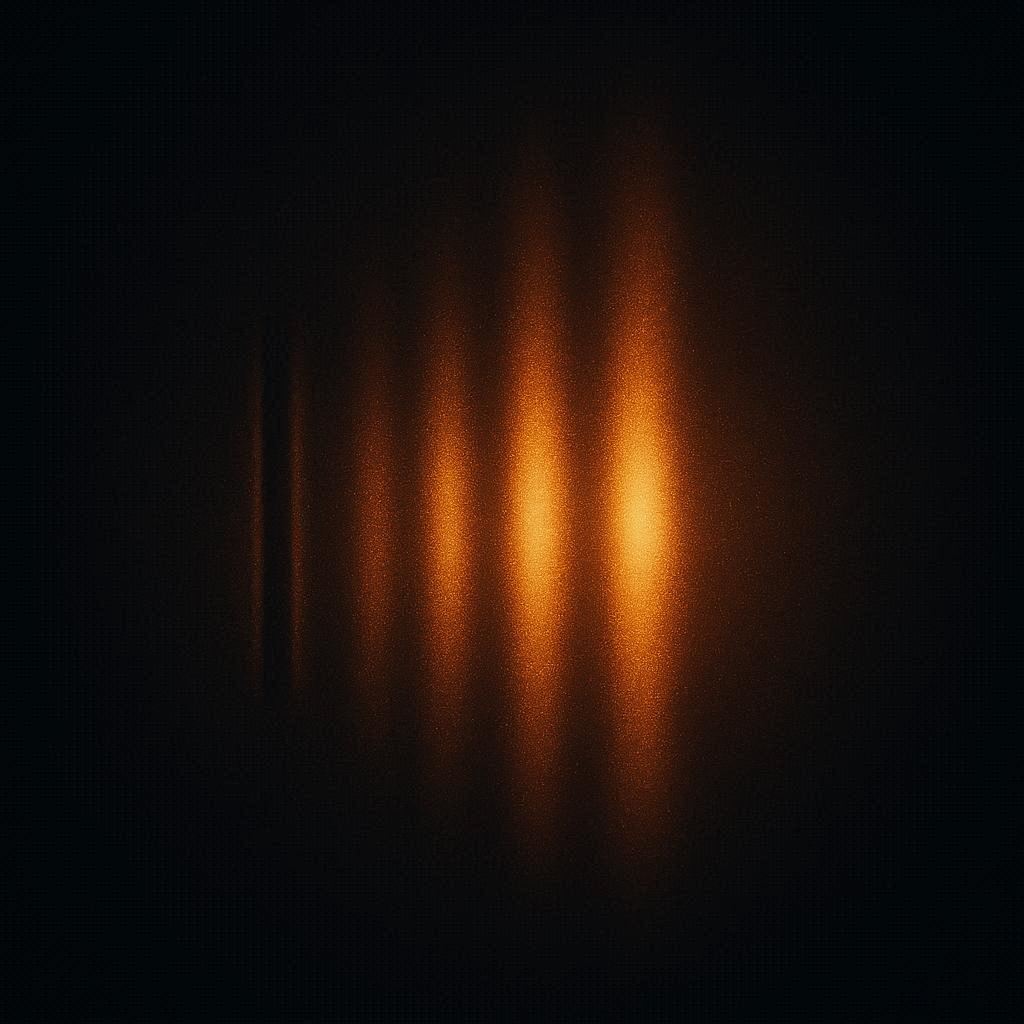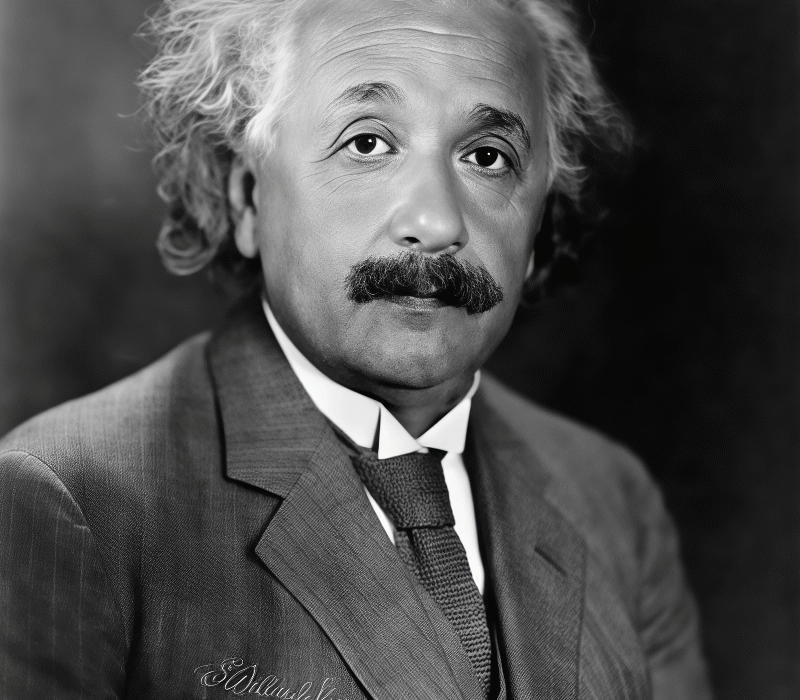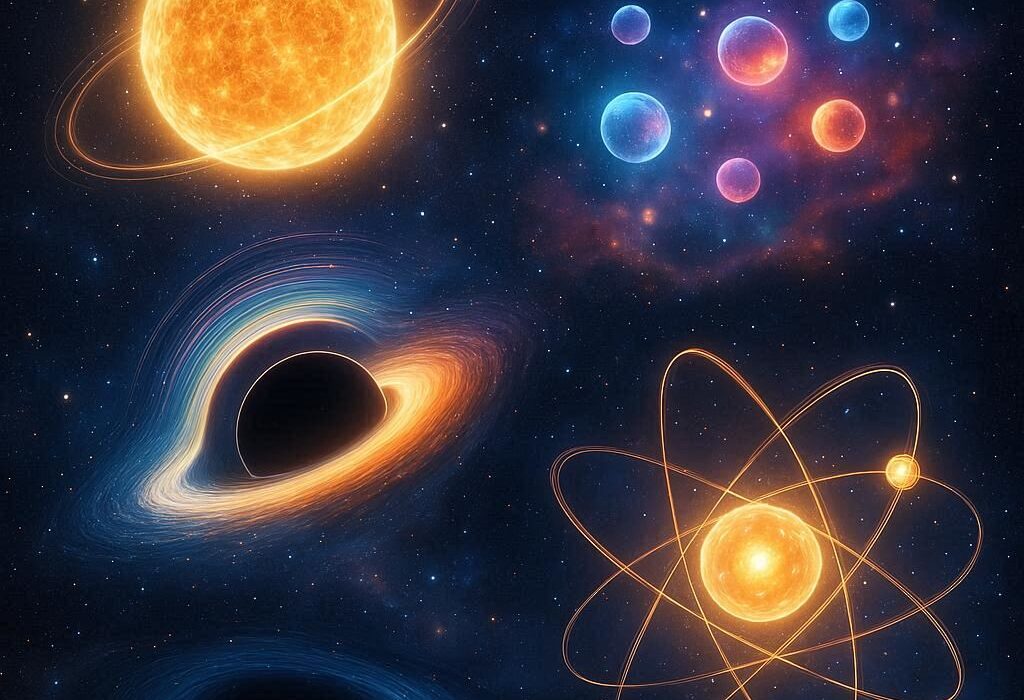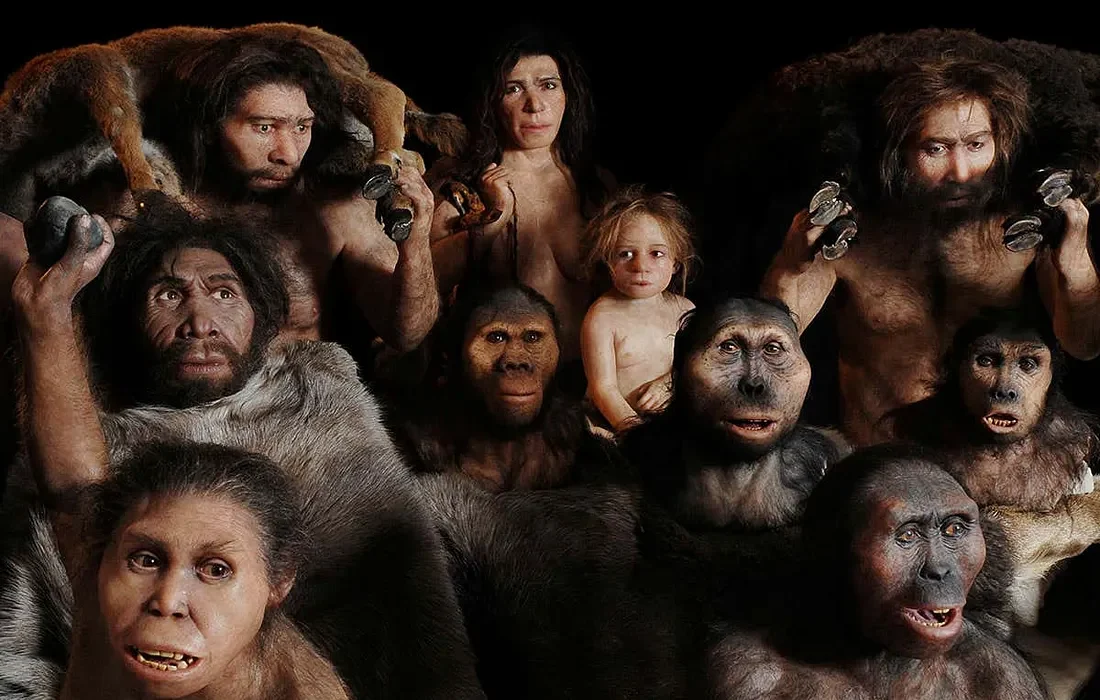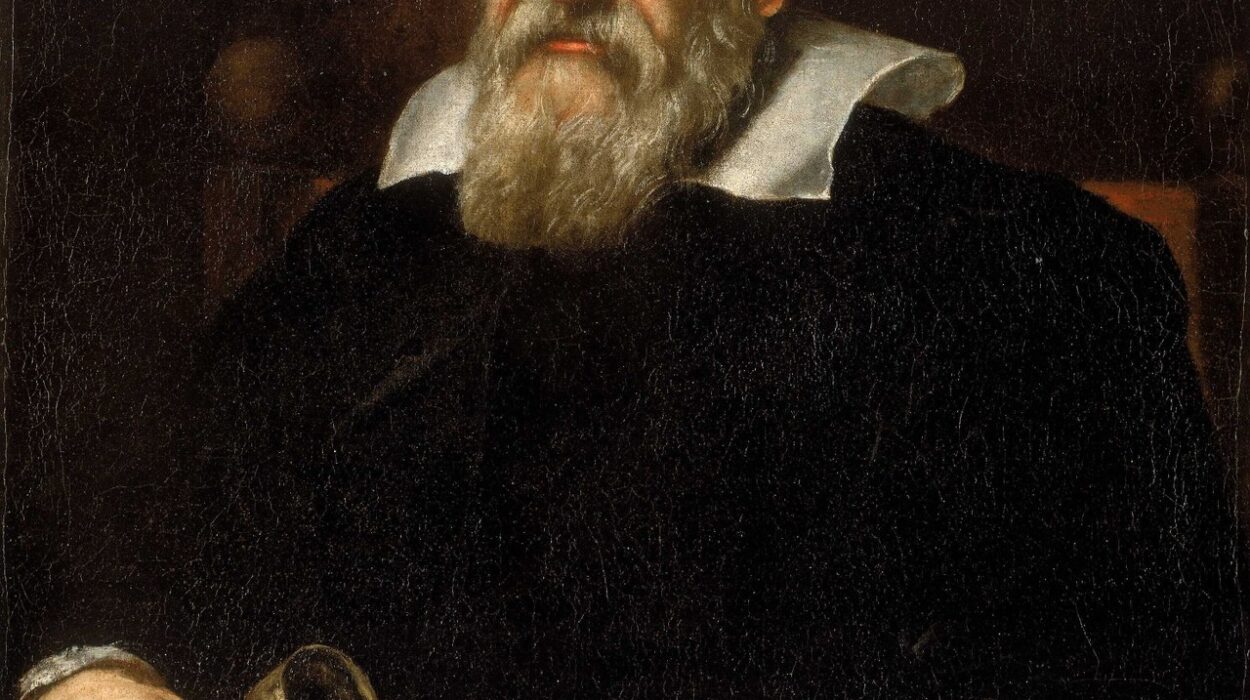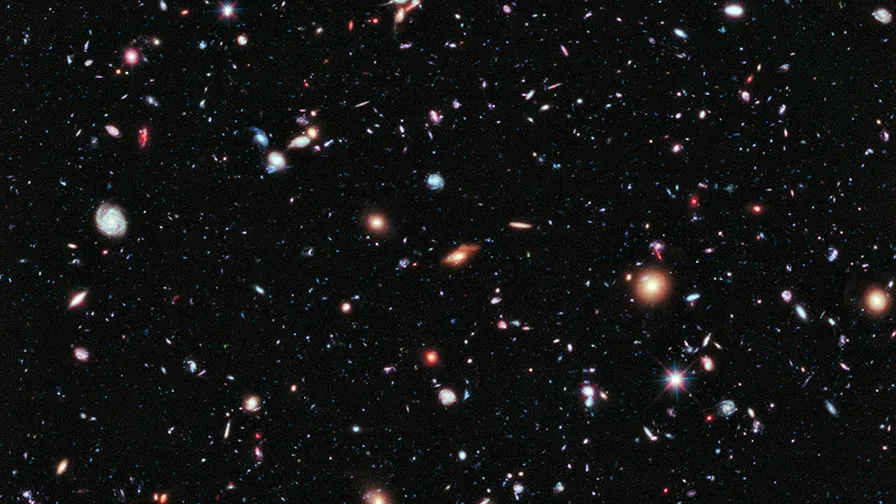Physics is humanity’s attempt to decode the fundamental language of the universe. It asks the deepest questions: What is matter made of? Why does the universe exist? What are the laws that govern everything from the tiniest particles to the largest galaxies? To answer these questions, physicists have designed experiments of extraordinary scale and imagination. Some have confirmed theories that seemed impossible, while others have opened doors to new mysteries that continue to puzzle us today.
These experiments are more than just scientific tests; they are triumphs of human curiosity, persistence, and ingenuity. They represent centuries of effort to push the boundaries of what we know and to see further into the cosmos than ever before. In this article, we will explore twelve of the most powerful and transformative physics experiments ever conducted—experiments that reshaped our understanding of reality itself.
1. The Double-Slit Experiment – The Mystery of Quantum Behavior
The double-slit experiment is perhaps the most famous and mind-bending experiment in physics. First conducted by Thomas Young in 1801, it was originally designed to show that light behaves like a wave. When light passes through two slits and hits a screen, it produces an interference pattern—proof of its wave-like nature.
But in the 20th century, when scientists repeated the experiment using single photons or electrons, the results were shocking. Even when particles were sent one at a time, the interference pattern still appeared, suggesting that each particle behaves like a wave and somehow interferes with itself. Stranger still, when detectors were placed at the slits to observe which path the particle took, the interference pattern vanished, and the particles behaved like tiny bullets instead.
This experiment revealed the central mystery of quantum mechanics: particles can exist in multiple states at once, and reality itself seems to depend on whether it is observed. To this day, the double-slit experiment remains a profound reminder that the quantum world defies our everyday intuition.
2. Cavendish’s Experiment – Weighing the Earth
In 1797, British scientist Henry Cavendish carried out an experiment so precise and delicate that it became legendary. Known as the “weighing of the Earth,” Cavendish’s experiment used a torsion balance to measure the force of gravity between lead spheres.
From this, he was able to calculate the density of the Earth and determine Newton’s gravitational constant, G. What makes this experiment extraordinary is that Cavendish managed to detect the incredibly tiny gravitational pull between ordinary objects—a force billions of times weaker than magnetism or electricity.
His results were remarkably accurate, and the experiment laid the foundation for modern gravitational physics. To this day, Cavendish’s work is considered one of the greatest achievements of experimental science.
3. The Michelson-Morley Experiment – The Death of the Aether
In the late 19th century, scientists believed that light waves must travel through a medium called the “luminiferous aether,” much like sound waves travel through air. To detect this aether, Albert A. Michelson and Edward Morley conducted an experiment in 1887 that would forever change physics.
They built a highly sensitive interferometer to measure differences in the speed of light depending on Earth’s motion through the supposed aether. To their astonishment, they found no difference—the speed of light was constant in all directions.
This result was revolutionary. It destroyed the concept of the aether and set the stage for Einstein’s theory of special relativity, which declared that the speed of light is the ultimate cosmic speed limit. The Michelson-Morley experiment is often called “the most famous failed experiment,” but in truth, it was a spectacular success, reshaping our entire view of space and time.
4. Rutherford’s Gold Foil Experiment – Discovering the Atomic Nucleus
At the dawn of the 20th century, most scientists believed in the “plum pudding” model of the atom, where electrons floated around in a diffuse cloud of positive charge. Then came Ernest Rutherford’s gold foil experiment in 1909.
Rutherford and his colleagues fired alpha particles at a thin sheet of gold foil. Most passed through, but to their surprise, some bounced back at sharp angles, as if they had hit something solid. This shocking result revealed that atoms are mostly empty space, with their mass concentrated in a tiny, dense core: the nucleus.
This discovery revolutionized atomic physics, paving the way for the Bohr model of the atom, quantum mechanics, and nuclear physics. Rutherford himself compared the result to firing a cannonball at tissue paper and having it bounce back. It was one of the greatest experimental surprises in history.
5. The Stern-Gerlach Experiment – Quantum Spin
In 1922, Otto Stern and Walther Gerlach performed an experiment that would uncover one of the strangest properties of quantum particles: spin. They passed a beam of silver atoms through a magnetic field, expecting the atoms to spread out in all directions. Instead, the atoms split into two distinct beams.
This meant that the atoms had a quantized property—what we now call spin—behaving as if they had tiny internal magnets pointing “up” or “down.” Spin became one of the cornerstones of quantum mechanics, explaining magnetism, chemistry, and the behavior of subatomic particles.
The Stern-Gerlach experiment revealed that the quantum world is fundamentally discrete and quantized, not continuous like the classical world we experience.
6. The Eddington Eclipse Experiment – Proving General Relativity
When Albert Einstein proposed his theory of general relativity in 1915, it was bold, elegant, and radical. But theories require proof, and Einstein’s moment came in 1919.
Arthur Eddington, a British astronomer, set out to test one of general relativity’s predictions: that massive objects bend the path of light. During a solar eclipse, when the Sun’s glare was blocked, Eddington measured the position of stars near the Sun’s edge.
The results matched Einstein’s predictions perfectly—the starlight was bent by the Sun’s gravity. This experiment not only confirmed general relativity but also catapulted Einstein to worldwide fame. It was a turning point in physics, showing that space and time are not fixed but flexible, warped by matter and energy.
7. The Manhattan Project – Unlocking Nuclear Power
During World War II, physics took a dramatic turn with the Manhattan Project, the most ambitious scientific experiment of its time. The project brought together the world’s leading physicists—including Oppenheimer, Fermi, and Feynman—to harness nuclear fission and build the first atomic bombs.
In 1942, Enrico Fermi achieved the world’s first self-sustaining nuclear chain reaction in Chicago, proving that nuclear energy could be controlled and used. Just three years later, the bombs dropped on Hiroshima and Nagasaki revealed both the terrifying power and the potential of nuclear physics.
While devastating, the Manhattan Project marked a turning point in human history. It led not only to nuclear weapons but also to nuclear power, medical imaging, and a deeper understanding of atomic structure. It remains one of the most powerful—and ethically complex—experiments in physics.
8. The Large Hadron Collider – Smashing Particles to Unlock the Universe
The Large Hadron Collider (LHC) is the most powerful machine ever built by humans. Located beneath the border of Switzerland and France, this 27-kilometer ring smashes protons together at near-light speeds, recreating conditions similar to those just after the Big Bang.
In 2012, the LHC made history by discovering the Higgs boson, the particle that gives mass to other particles. This discovery confirmed the Standard Model of particle physics, a theory decades in the making.
But the LHC is far from finished. Physicists hope it may unlock secrets of dark matter, supersymmetry, or extra dimensions. It is one of the most ambitious experiments in history, pushing the limits of human engineering and imagination.
9. The Pound-Rebka Experiment – Testing Gravity with Light
Einstein’s general relativity predicted that gravity affects not only matter but also light. In 1959, physicists Robert Pound and Glen Rebka tested this by measuring how gamma rays were affected by Earth’s gravity in a tower at Harvard University.
Their results confirmed gravitational redshift: light loses energy and shifts to longer wavelengths when climbing out of a gravitational field. Though simple in setup, this experiment was a triumph of precision and confirmed one of Einstein’s boldest predictions.
The Pound-Rebka experiment laid the foundation for technologies like GPS, which must account for gravitational time dilation to work correctly.
10. The Super-Kamiokande Experiment – Catching Neutrinos
Neutrinos are ghostly particles that rarely interact with matter. Trillions pass through your body every second without leaving a trace. To study them, physicists built Super-Kamiokande in Japan, a massive underground detector filled with 50,000 tons of ultra-pure water.
When a neutrino interacts with the water, it produces faint flashes of light that are detected by thousands of sensors lining the tank. In 1998, Super-Kamiokande made a groundbreaking discovery: neutrinos have mass. This overturned the Standard Model of particle physics and earned the Nobel Prize in 2015.
The experiment continues to explore neutrino behavior, shedding light on the role these particles may have played in shaping the universe itself.
11. LIGO – Listening to Gravitational Waves
For a century, scientists dreamed of detecting gravitational waves—ripples in spacetime predicted by Einstein. In 2015, that dream became reality.
The Laser Interferometer Gravitational-Wave Observatory (LIGO) used enormous laser detectors to measure distortions in spacetime caused by distant cataclysmic events. In September 2015, LIGO detected gravitational waves from two colliding black holes 1.3 billion light-years away.
This discovery opened a new era of astronomy—one where we can “listen” to the universe through gravitational waves, unlocking secrets of black holes, neutron stars, and the very fabric of spacetime.
12. The Event Horizon Telescope – Capturing the Shadow of a Black Hole
For decades, black holes were mysterious objects predicted by theory but never directly seen. That changed in 2019, when the Event Horizon Telescope (EHT) released the first-ever image of a black hole’s event horizon.
By linking radio telescopes across the globe, scientists created a planet-sized observatory capable of capturing the shadow of the supermassive black hole at the center of galaxy M87. The result was a stunning image that matched Einstein’s predictions perfectly.
This experiment confirmed the reality of black holes and gave humanity its first direct glimpse of the most extreme objects in the universe.
Conclusion
From Cavendish’s lead spheres to the colossal Large Hadron Collider, these twelve experiments showcase the power of human curiosity and ingenuity. Each one revealed something profound about the universe: the nature of atoms, the reality of quantum mechanics, the warping of spacetime, the origin of mass, and the existence of black holes.
Yet even these groundbreaking achievements are stepping stones. Every answer opens new questions, every discovery points to deeper mysteries. The most powerful physics experiments remind us that the universe is vast and strange, but also that human beings—fragile, small, and determined—are capable of unlocking its secrets, one experiment at a time.
